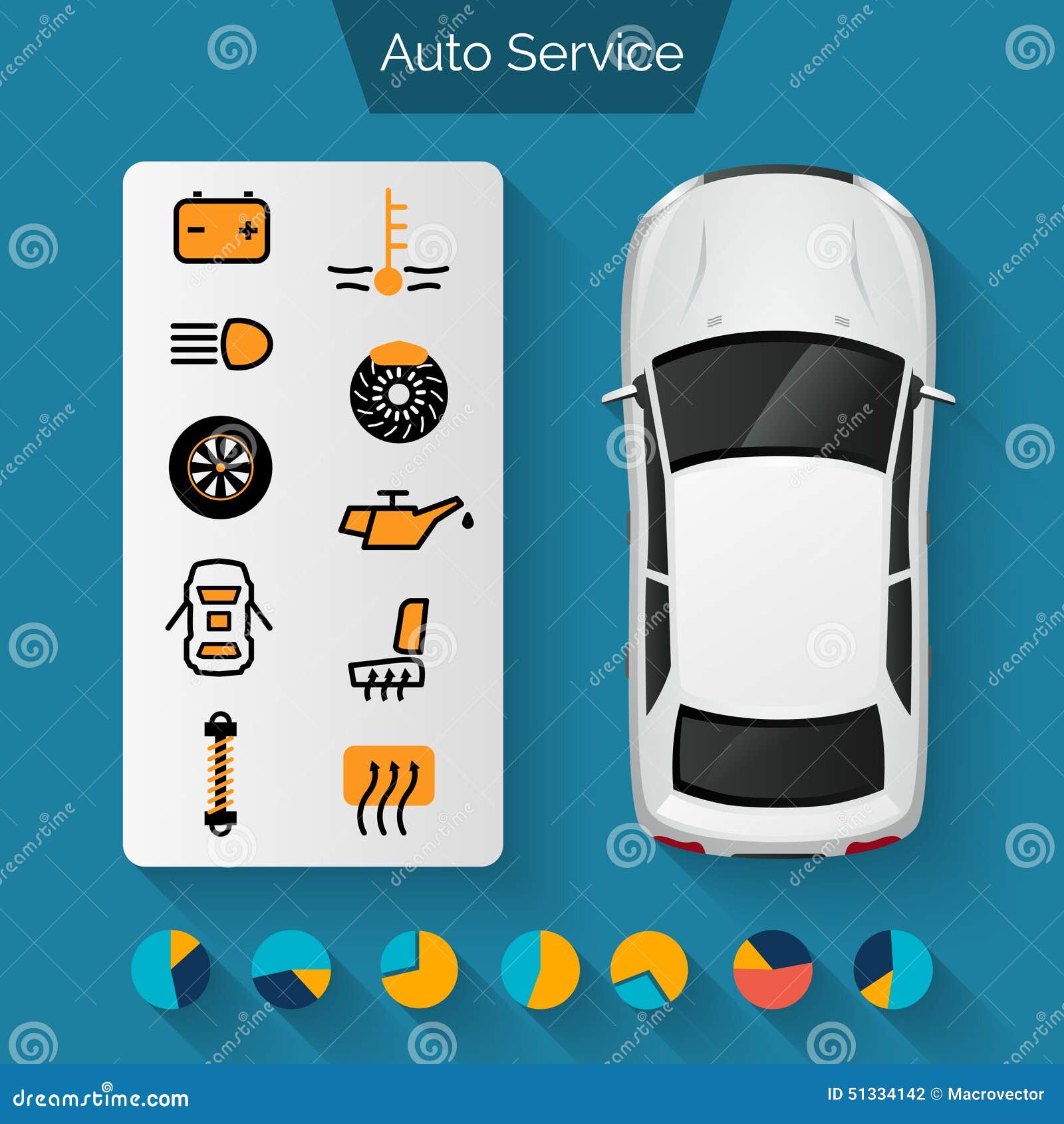Intrigued In Understanding The Warning Lights On Your Automobile'S Control Panel? Discover Their Relevance For Your Car'S Security And Overall Problem
Intrigued In Understanding The Warning Lights On Your Automobile'S Control Panel? Discover Their Relevance For Your Car'S Security And Overall Problem
Blog Article
simply click the up coming article Created By-Higgins Torres
When you lag the wheel, those beautiful warning lights on your dashboard can be a little bit perplexing. Do you recognize what they're attempting to inform you regarding your vehicle's wellness? Recognizing the value of these lights is vital for your security and the durability of your automobile. So, the following time one of those lights pops up, would not you want to analyze its message precisely and take the essential actions to address it?
Common Caution Lights and Interpretations
Identify common caution lights in your auto and recognize their definitions to make certain secure driving.
One of the most typical warning lights include the check engine light, which indicates issues with the engine or discharges system. If this light comes on, it's important to have your automobile examined immediately.
The oil pressure advising light suggests reduced oil stress, calling for instant attention to stop engine damages.
A flashing battery light could suggest a malfunctioning charging system, potentially leaving you stranded if not attended to.
https://ecuremappingnearme95173.blog-ezine.com/30372059/prepare-to-uncover-the-truth-about-automobile-repair-service-with-unusual-revelations-that-will-certainly-change-your-viewpoint-you-won-t-believe-what-you-ve-been-missing monitoring system (TPMS) light signals you to reduced tire stress, affecting automobile stability and fuel effectiveness. Ignoring this can lead to dangerous driving problems.
The abdominal light indicates a trouble with the anti-lock braking system, endangering your capability to stop rapidly in emergency situations.
Finally, the coolant temperature alerting light warns of engine overheating, which can cause extreme damages otherwise settled promptly.
Recognizing these usual warning lights will aid you attend to problems without delay and keep risk-free driving problems.
Importance of Prompt Attention
Comprehending the typical warning lights in your car is just the initial step; the value of quickly addressing these warnings can not be stressed sufficient to guarantee your safety when traveling.
When a warning light illuminates on your control panel, it's your cars and truck's way of communicating a possible issue that requires interest. Overlooking these warnings can bring about much more severe problems down the road, compromising your safety and possibly costing you extra in repairs.
Motivate focus to cautioning lights can stop failures and mishaps. As an example, a flashing check engine light might suggest a misfire that, if left ignored, could cause damages to the catalytic converter. Addressing this immediately can conserve you from a costly repair service.
In a similar way, a brake system warning light may signal low brake fluid or worn brake pads, vital parts for your safety and security when driving.
Do It Yourself Troubleshooting Tips
If you see a warning light on your dashboard, there are a few do it yourself troubleshooting tips you can attempt before seeking specialist aid.
The primary step is to consult your automobile's handbook to understand what the particular warning light indicates. Sometimes the issue can be as basic as a loose gas cap setting off the check engine light. Tightening up the gas cap might deal with the trouble.
Another typical issue is a low battery, which can activate various advising lights. Checking the battery connections for rust and guaranteeing they're protected may repair the problem.
If a warning light persists, you can attempt resetting it by disconnecting the vehicle's battery for a few minutes and afterwards reconnecting it. Furthermore, examining your car's liquid degrees, such as oil, coolant, and brake fluid, can help troubleshoot cautioning lights related to these systems.
https://driverstrainingnearme62839.mdkblog.com/35978935/subjecting-the-crucial-element-of-a-first-class-vehicle-service-center-experience
In conclusion, recognizing your auto's warning lights is necessary for maintaining your automobile running smoothly and safely. By immediately addressing these alerts and understanding what they imply, you can stay clear of expensive repairs and prospective malfunctions.
Keep in mind to consult your auto's handbook for specific details on each advising light and take action accordingly to guarantee a trouble-free driving experience.
Stay informed, stay risk-free on the road!
